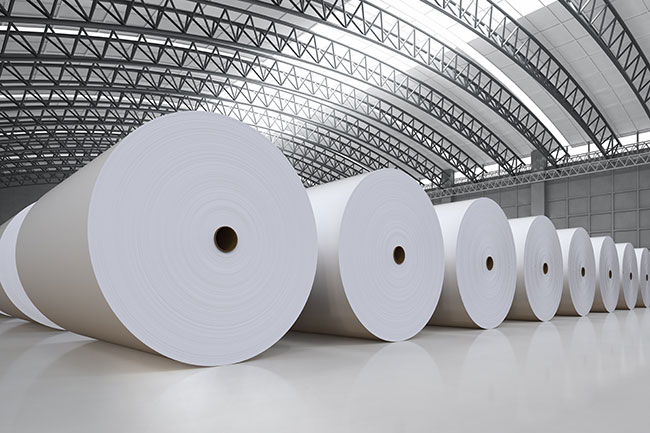
Features
Incentives to innovate: Leveraging SR&ED tax credits for driving innovation in the pulp and paper industry
Tax incentives remain crucial to driving innovation in pulp and paper.
November 9, 2021 By Richard Hoy
 Photo:PhonlamaiPhoto/Getty Images
Photo:PhonlamaiPhoto/Getty Images
Public attitudes towards the environment have shifted dramatically since the start of the millennium, and the pulp and paper industry has had to adapt to these trends while ensuring it is financially viable to do so. In order to make the production of paper goods more sustainable and reduce the carbon footprint of the industry, organizations have to think outside the “cardboard” box and prioritize innovation. This isn’t just being spearheaded by manufacturers of paper and cardboard products – forestry professionals are also working hard to develop ways to get more from trees.
This research and development (R&D) is made easier with the help of tax incentives. However, many paper and pulp firms either underestimate the amount of R&D they do or don’t realize that these incentives are available. The reality is that, even in this industry, Scientific Research & Experimental Development tax credits (SR&ED) are there for the taking. Recent pushes for innovation range from the upcoming development of the Centre of Forest Innovation at the Nova Scotia Community College to the recycled and recyclable thermoformed cardboard tray from Cascades.
In this article, we’ll take a closer look at SR&ED, from the benefits to the claims process, as well as more examples of innovation in the pulp and paper industry.
What is SR&ED?
SR&ED is administered by the Canada Revenue Agency and, depending on the amount of eligible work being done, the benefits can be worth hundreds of thousands of dollars.
The type of work done by professionals in the industry varies from the design and development of tools, equipment and the structures themselves to environmentally-friendly energy sources and even advancements in building materials.
Essentially, there is a checklist that pulp, paper and paperboard manufacturers should use to identify projects that might qualify for SR&ED. But remember that routine manufacturing and engineering do not qualify for the credit. Some considerations for claimants include:
- Consider whether or not the work you are doing will develop technical knowledge in the industry or work towards a common goal, such as reducing waste.
- Are there scientific or technological uncertainties in the manufacturing of your products?
- While working with pulp and paper can be inherently complex, is the work you are doing something, by design, that other people would find hard or not obvious?
Not all R&D qualifies for SR&ED tax incentives. It may be worth speaking to a specialist tax advisor before making a claim. The good news is that SR&ED can be claimed for up to 18 months after the tax year in which the work took place.
How innovative is our industry?
Pulp & Paper Canada frequently carries stories of innovations in this sector. Recent examples include the development of hybrid diesel-electric forestry trucks by FPInnovations to drive green innovation in the forestry sector. How to retrofit conventional forestry tractors with more energy-efficient power sources has long been a source of uncertainty.
In the area of pulp production, Red Leaf Pulp has recently been looking into new ways to create pulp from agricultural waste, such as wheat straw. The pulp created from the wheat byproduct can be used to manufacture paper and packaging products. The company is also building a $350 million plant in Regina to facilitate the production of pulp.
How much can these tax credits be worth?
Depending on your business structure and the province in which your company is based, you can claim up to 41.5 percent of expenses directly attributed to innovation. This figure is made up of a combination of federal and provincial innovation credits, the latter varying by province.
Most expenses linked to the R&D itself will attract tax incentives. This extends to materials, salaries and other staff expenses, as well as third-party contractor services. The incentive for a private business is received as a cash payment and, for publicly traded companies, it is a credit to be offset against outstanding taxes.
Ultimately, SR&ED is one of the most generous tax incentives for innovation in the world, but ‘lab coat syndrome’ – a misconception that it’s just for scientists – means many businesses continue to miss out.
Richard Hoy is president of specialist tax consultancy Catax Canada, based in Vancouver. You can reach him at richard.hoy@catax.com.
Print this page